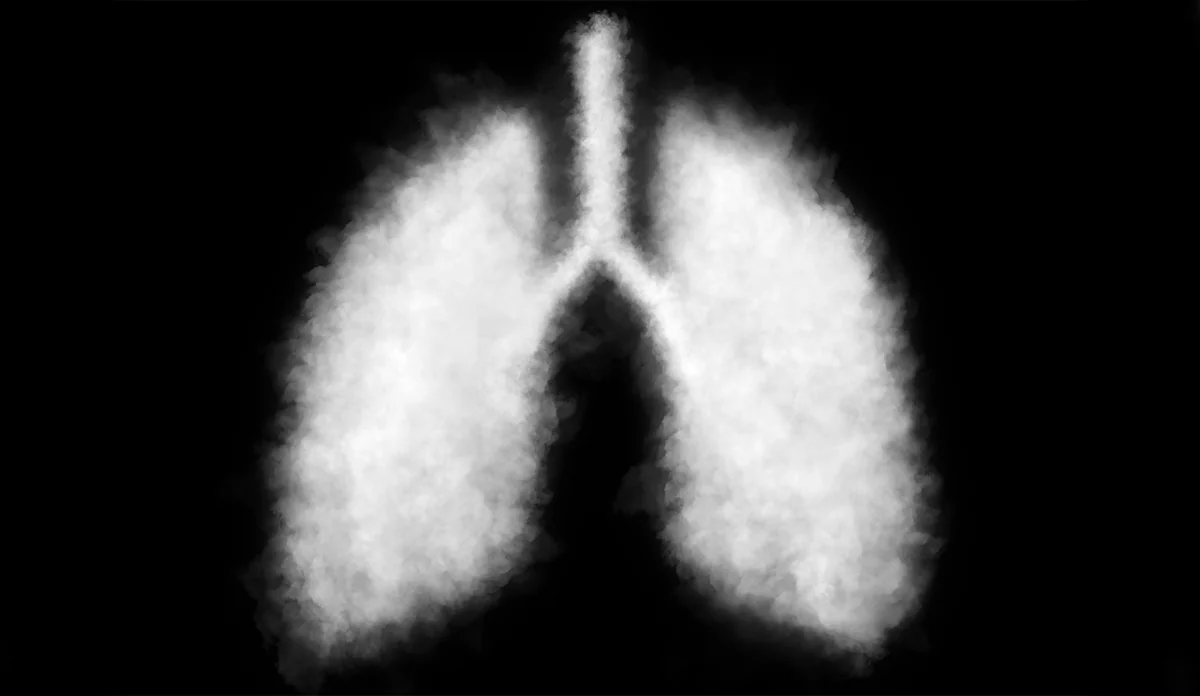Smoking in San Francisco
In the past three years, youths have been increasingly using tobacco products, erasing 50 years of public health work to reduce tobacco use.

Read Time: 3 minutes
Published:
In the past three years, youths have been increasingly using tobacco products, erasing 50 years of public health work to reduce tobacco use. In 2019, 27% of high schoolers in the United States said they vaped e-cigarettes within the past 30 days.
Flavored e-cigarettes have been considered responsible for the rise in youth tobacco usage, as many consider e-cigarettes a stepping stone to combustible tobacco products. Popular companies, like Juul, came under fire for creating and marketing flavors such as mango, cucumber, and crème brulee that many argued were explicitly targeting younger demographics. In response to rising rates of youth tobacco use, the FDA banned flavored e-cigarettes in January of 2020.
However, by the time of the 2020 FDA ban, San Francisco had already enacted a more restrictive policy. A year before, the city banned the sale of all non-tobacco flavored e-cigarettes, menthol cigarettes, and any other non-tobacco flavored tobacco product, like cigarillos and cigars.
A team of researchers led by Yong Yang conducted a study of residents in San Francisco between the ages of 18 to 34 to measure the effectiveness of the 2019 city ban. The researchers asked how young adults’ tobacco usage changed over time, their general feelings about the ban, and how well-enforced the policy was.
After the ban, 20% of respondents quit using any tobacco or e-cigarette product, another 14% used them less. Among those that previously used only flavored e-cigarettes, 21% completely stopped using any product. Tobacco product usage reduced from 81% to 69% for 18 to 24-year-olds and from 85% to 76% for 25 to 34-year-olds. E-cigarette use decreased by 12% for the younger age group and by 8% for the older. Flavored cigar smoking also saw large declines.
Bans like the one in San Francisco take first steps to prevent youth from accessing tobacco products.
E-cigarettes have both positive and negative effects, making their regulation complicated. Positively, e-cigarettes are healthier alternatives to cigarettes. But e-cigarettes potentially initiate kids into using tobacco earlier, the largest fear associated with youth-targeting e-cigarette flavors.
The researchers measured consumption of individual tobacco products to better understand the ban’s effect on cigarette use. In spite of the effectiveness of the ban in reducing non-cigarette tobacco use — specifically e-cigarettes — respondents didn’t report decreasing the number of cigarettes they smoked. In fact, after the ban, cigarettes may have actually become more common.
The researchers found one drawback inhibiting the ban’s effectiveness was its limited realm of influence. Many respondents simply bought the products they wanted outside of San Francisco because the ban was so localized. Only 35% of those surveyed said the ban was actually enforced in San Francisco and only 8% thought the ban was a good idea.
Bans like the one in San Francisco take first steps to prevent youth from accessing tobacco products. As evidenced by this research, policies like this one must extend over larger areas if they’re to be effective, and more must be done to ensure they don’t push people into tobacco use.
Photo via Getty Images



